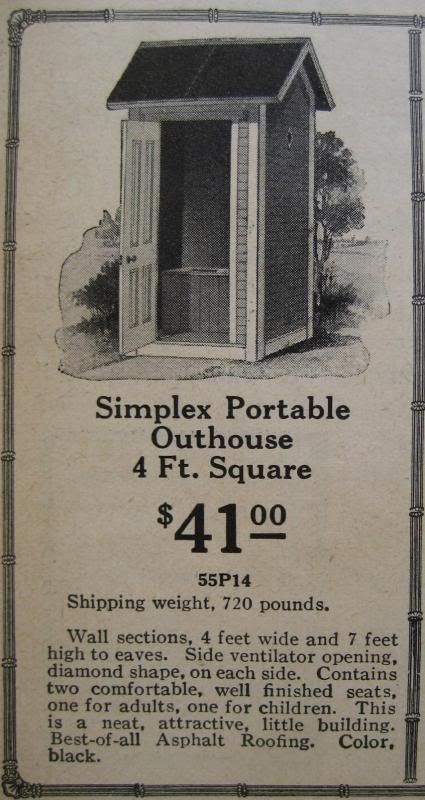I am taking break from car building and decided to start the first of the flats/facades for the display shelf diorama. My brother-in-law is a hobby blacksmith. His “company” is Ridge Run Forge. He built his shop to look like an old timey shop. I thought it had the perfect look for my 1890’s mining town main street. Burke Idaho was the terminus of the Coeur d’Alene Railway and Navigation Co. AKA Canyon Creek Railway. Burke was built in a very narrow canyon and the tracks and main street were one and the same.

This is the inspiration for the display shelf/diorama. So the shop will be one of the buildings lining the street. This is his shop I somehow screwed up and deleted the original pics sorry. I added a few of them back in a later post

and here is the start of my rendition

I will make the porch/walk stick out about 2" or 4 scale feet. The whole thing is going to sit on a raised platform unlike the photo and the walk will join all the buildings. Following Korm’s suggestion I will make the building about an inch deep to give a little sense of depth and allow me set the picture of the interior back a ways for perspective.
Any of you that are my Facebook friends don’t mention this on there as it is a surprise.

